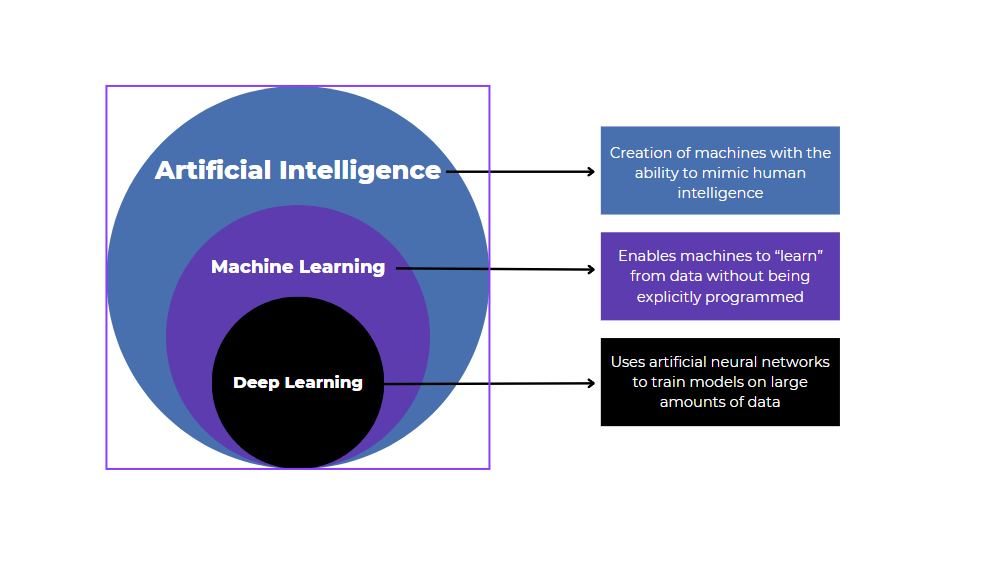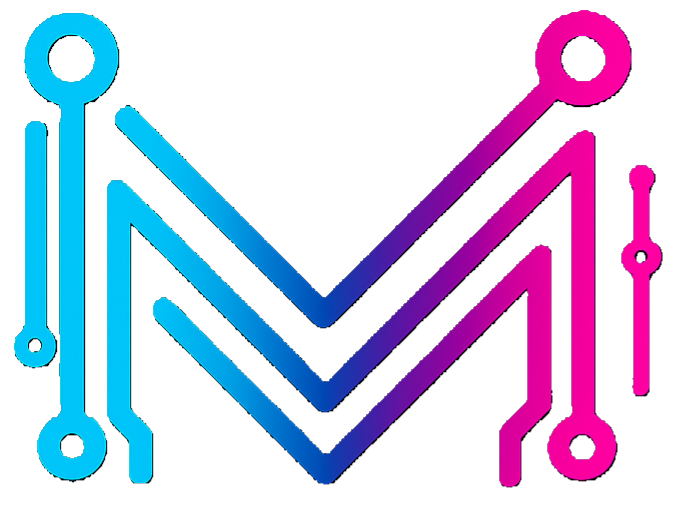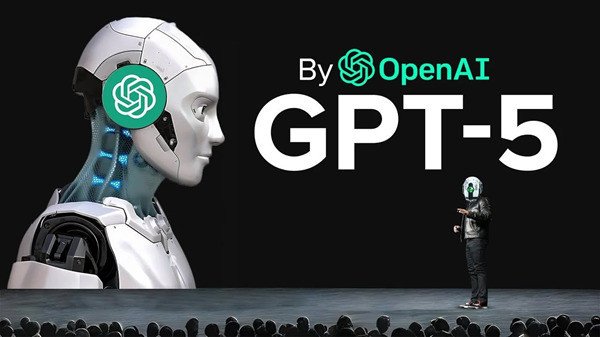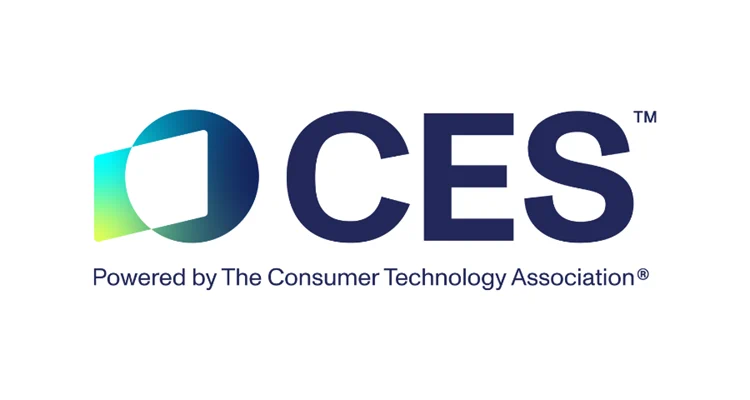Table of Contents
Let’s be honest, the terms “AI,” “Machine Learning,” and “Deep Learning” are thrown around so much they’ve basically become a tech buzzword salad. It’s easy to feel like you’re the only one who doesn’t get it. Well, I’ve got good news: understanding the difference in the AI vs Machine Learning debate is way easier than you think.
The secret? It’s all about Russian nesting dolls.
Seriously. Imagine you have three of those wooden dolls, each one fitting inside the other. That’s the entire relationship right there. Let’s open them up, one by one.
The Biggest Doll: Artificial Intelligence (AI)
Artificial Intelligence (AI) is the big, all-encompassing doll on the outside. It’s the broad, dreamy idea that’s been around for decades: the science of making computers smart.
Think of AI as the entire field of study, the ultimate goal. The aim is to create machines that can think, reason, and solve problems like a human. It’s the “what,” not the “how.”
- What it is: The grand vision of intelligent machines.
- Analogy: It’s the desire to build a “car.” It doesn’t specify the type of engine or how it works, just that the end goal is a vehicle that moves.
- Examples: The concept of Siri, self-driving cars, or a robot that can have a conversation are all part of the field of AI.
Anytime a machine does something we’d typically consider “smart,” we lump it under the giant umbrella of AI. But how do we actually make it smart? That brings us to the next doll.
The Middle Doll: Machine Learning (ML)
Machine Learning (ML) is the doll inside AI. It’s not a different thing; it’s the most common method we use to achieve AI today. It’s the powerful engine inside our “car.”
Here’s the core idea: Instead of a programmer writing millions of lines of explicit, step-by-step rules, they give the machine a massive amount of data and let it learn the rules for itself.
- What it is: A subfield of AI where machines learn from data to make predictions.
- Analogy: You don’t teach a child to recognize a cat by describing “pointy ears, whiskers, and a tail.” You just show them a thousand pictures of cats, and they eventually figure it out. Machine Learning is the same—it learns by example, not by instruction.
- Examples: The spam filter in your email learned what spam looks like by analyzing millions of good and bad emails. Netflix’s recommendation engine learned your taste by analyzing what you’ve watched before.
So, while AI is the goal of having a smart machine, ML is the process of “studying the data” to get smart.
The Smallest Doll: Deep Learning (DL)
Deep Learning (DL) is the smallest, most powerful doll, tucked deep inside Machine Learning. It’s a supercharged, specialized type of Machine Learning that has been responsible for the recent AI explosion.
Deep Learning uses something called Artificial Neural Networks, which are loosely inspired by the structure of the human brain. The “deep” part just means these neural networks have tons and tons of layers, allowing them to learn from data in a much more complex and sophisticated way.
- What it is: A specialized type of ML that uses deep neural networks.
- Analogy: If Machine Learning is like a student studying for a test, Deep Learning is like a team of PhD researchers with access to the entire internet. It can handle much more complex patterns.
- Examples: This is the magic behind the most advanced AI we see today. Recognizing faces in your Google Photos, understanding your commands to Alexa, and the entire technology behind ChatGPT are all powered by Deep Learning.
The Core of the AI vs Machine Learning Distinction
So, what is the key takeaway in the AI vs Machine Learning relationship?
All Machine Learning is AI, but not all AI is Machine Learning.
Think about it: In the early days, programmers created chess-playing “AI” by manually coding in all the rules of chess and a bunch of “if-this-then-that” strategies. It was “smart” (AI), but it didn’t learn from data (so it wasn’t ML).
Today, almost all modern AI relies on Machine Learning, which is why the terms are so often confused. Machine Learning is simply the current, most effective path we have to achieving the goal of AI.

Conclusion: It’s All in the Family
So, next time you hear someone use these terms, you can confidently know the difference. It’s not a competition; it’s a family tree.
- AI is the great-grandparent, the big idea.
- Machine Learning is the successful parent, doing most of the work.
- Deep Learning is the genius child, responsible for all the recent headline-grabbing breakthroughs.
Understanding the relationship in the AI vs Machine Learning landscape is your first big step into a much larger, more fascinating world.
Did this analogy help clear things up? Let us know in the comments below!







Leave a Reply
You must be logged in to post a comment.